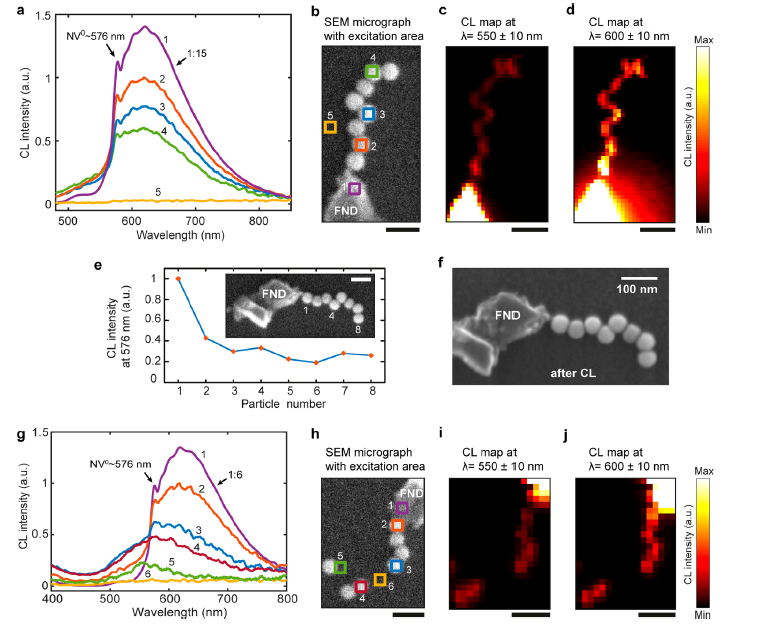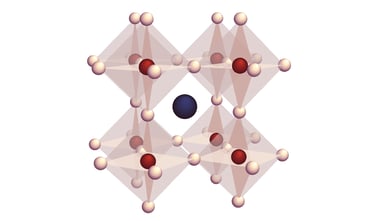The paper explores the possibilities of DNA-based nanofabrication applied to plasmonic waveguides and studied with cathodoluminescence imaging and electron energy loss spectroscopy.
Plasmonic structures have attracted attention due to their potential of being used for miniaturization of optical and optoelectronic components. Understanding how to confine, guide and manipulate light (on lenghtscales below the optical diffraction limit) can be beneficial for a range of applications, such as quantum photonics or short-range quantum communication. Normally, plasmonic waveguides are mostly realized by electron beam lithography, which is a slow and nonscalable method. The authors of the paper argue that colloidal nanoparticles can be self-assembled into efficient plasmonic waveguides due to the nanoscale spacing between the particles.
Cathodoluminescence (CL) imaging spectroscopy was used to quantify the energy transfer through the plasmonic waveguides towards a fluorescent nanodiamond. The electron beam was placed on different parts of the waveguide locally exciting a plasmon wave which then travelled towards the diamond. As the beam was placed further away from the diamond, its signal diminishes due to plasmon propagation loss allowing direct quantification of this loss mechanism. The results obtained with the CL imaging demonstrate that such DNA-origami-based nanoparticles chains indeed act as efficient waveguides, paving the way for more complex systems with other (quantum) emitters or particle chain geometries.
The full text of the article can be found here. If you would like to be updated with the regular paper reviews about the most interesting achievements made with cathodoluminescence imaging, please subscribe to our newsletter below:
.png)






